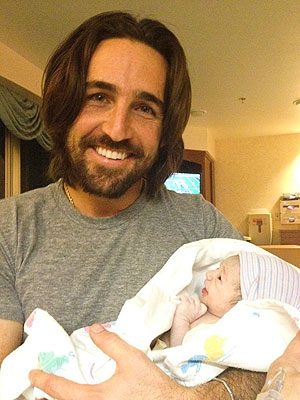Elaine Bogart had no second thoughts about subjecting her children to drug tests.
When the Santa Clarita mother learned of a program through her school district that allows parents to track the results of random tests of their children's urine, she enrolled her two teenagers right away.
"It was my decision," she said. "They do have some rights, but I'm responsible for them. I need to make sure they're safe."
The William S. Hart Union High School District program is believed to be the only one of its kind in the country, according to program administrators. While school drug testing as a condition for participation in such activities as sports is not unusual, Hart's program has the distinction of exclusively serving parents who want to monitor their offspring — whether said offspring like it or not.
The district is seeking to expand the unusual program and has set a goal of having hundreds more students sign up in coming years. The students are given no choice: If their parents enroll them in the Comprehensive Alcohol and Drug Reduction and Education, or CADRE, program, they must submit to urine tests. If they skip a test, parents are notified by program administrators.
More than 2,000 Santa Clarita students participate in the free program — about one-tenth of the district's 23,000 junior high and high school students. "We would love to have it grow every year by 3%," said Kathy Hunter, Hart's director of student services.
Civil rights advocates are dubious.
Though not familiar with the program, Michael Risher, staff attorney for the American Civil Liberties Union of Northern California, questioned its capacity to be "truly voluntary and truly informed."
In September, the ACLU of Northern California won a lawsuit against the Shasta Union High School District over the district's policy of drug-testing students who participate in a variety of school-related activities without any suspicion of drug use.
Risher said parents do have the right to enroll their children in a drug-testing program. But children in California also have privacy rights, he said. And if a student refused to be drug-tested, despite parental consent, the school district might be leaving itself open to a legal challenge, he said.
Hart school officials said CADRE had been thoroughly vetted by the district's attorneys.
Support for the program has grown in recent years, mirroring what Santa Clarita city and law enforcement officials contend is a rise in drug use in the predominantly middle-class bedroom community.
In 2011, there were nine heroin-related deaths in the Santa Clarita Valley. So far this year, that number has at least doubled, according to law enforcement statistics. Several young adults, some of whom are believed to have gotten hooked while still in school, have been among the casualties, authorities said.
"We're still in an uphill battle at the enforcement end," Lt. Robert Lewis, deputy in charge of the prevention unit at the Santa Clarita Valley sheriff's station, said in an interview over the summer. "Heroin is still a problem we're trying to get a grip on in the Santa Clarita Valley."
The CADRE program was launched in 2008 after some parents requested that the school district institute mandatory drug-testing for students wanting to participate in athletics and other extracurricular activities. Other parents objected, and the school board rejected the proposal. But members wanted to offer parents something, Hunter said. CADRE was that something.
Urine samples are collected from random students in the program at various schools every month, according to officials at Medtox Scientific Inc., the nationwide certified drug-testing company that analyzes the samples. The students are not observed in the restroom, and the collectors are the same gender as the students being tested, said Andrew Gilberts, a Medtox school-testing coordinator.
Test results are sent to another lab for confirmation, Gilberts said. Parents are notified of their children's results by phone to ensure they get the message. Those whose children test positive are referred to a licensed therapist and offered other assistance. School officials are not told of individual students' test results.
Sixty-three of the 1,952 students who were enrolled in CADRE during the previous school year tested positive, Hunter said. The most common drug detected was marijuana, but heroin, methamphetamine and more recently such new drugs as bath salts have also been detected, Hunter said. So far this year, there have been 35 positive test results.
Supporters say CADRE empowers students by giving them a convenient excuse to say no to illegal drugs and alcohol. They can use the justification that "it's not them ... it's their crazy mom," Bogart said.
It also gives parents an easier way to monitor their children without appearing to be "the bad guy" because they aren't the ones administering the tests, Gilberts said.
The original $216,000 federal grant that funded CADRE expired in June 2011, but there's enough money left for the program to continue for now. The school district plans to explore options for financial support, such as corporate sponsorship, Hunter said.
That's good news for Bogart, the mother of two. "I think it's great," she said. "I would have paid for it if I had to pay."
ann.simmons@latimes.com












